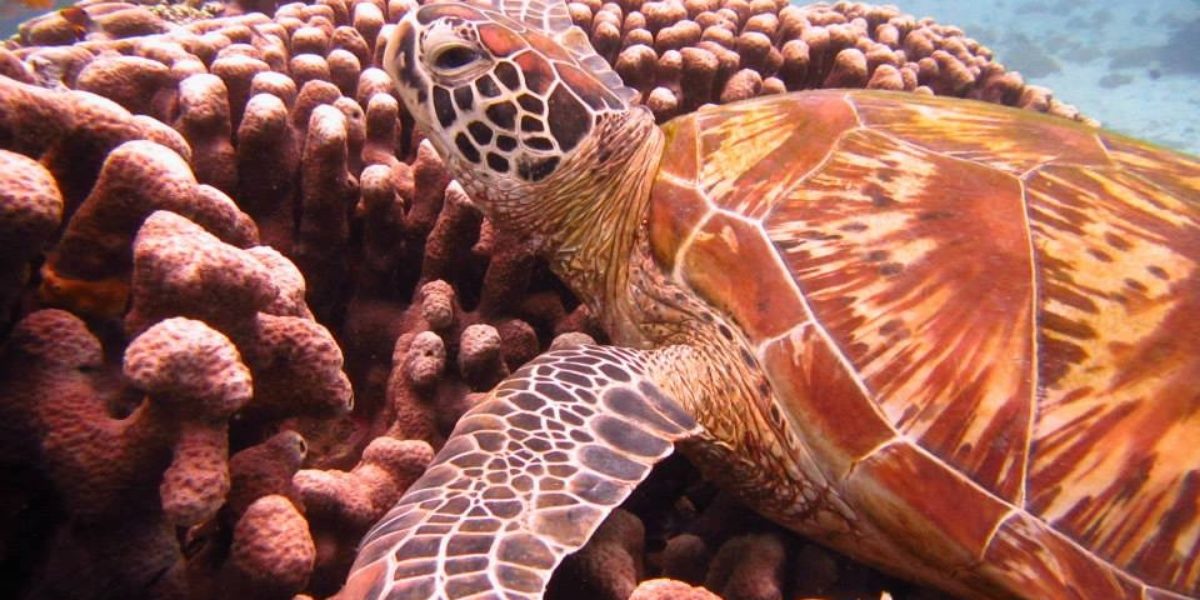What made this workshop especially interesting was its focus on how the natural environment (specifically our oceans and coasts) can help protect us from the negative impacts of climate change. This approach, working with nature to protect ourselves from climate change, is more formally referred to as ‘ecosystems-based adaptation’ (also shortened to ‘EbA’).
Admittedly, at first, I was not too sure what EbA was all about, let alone how important it is for the future of our planet. I quickly learnt, however, that ecosystems such as coral reefs, mangrove forests, swamps and sand dunes all play a critical role in promoting our well-being and support our adaptation to climate change. I also learnt that these are the very same natural environments that our unsustainable actions are destroying everyday (think – ocean plastics, overfishing, climate change, bulldozing coastal dunes to build beachfront hotels … the list goes on).
What does EbA actually mean?
The main United Nations agreement for the conservation of the natural environment (known as the UN Convention for Biological Diversity) explains that EbA is about learning how natural ecosystems function and the special services they provide, and then including these natural services as part of our plan to adapt to climate change.
For example, mangrove forests (which are trees that can grow in seawater and are found in estuaries in many parts of the world) filter water, reduce coastal erosion through their dense root structure, absorb carbon dioxide, and buffer neighboring communities from climate-related hazards such as cyclones. Therefore, policies and projects that aim to conserve existing mangroves, restore damaged ones or plant new ones are considered effective EbA responses to climate change. EbA can also be combined with other options that are not entirely nature-based, such as building walls to manage sea level rise and introducing policies that promote sustainable fishing and other livelihood activities.
Why is this important for us to know?
Our continent is home to some of the world’s most vulnerable people, especially those living in coastal and island countries, who are already experiencing the negative impacts of climate change. However, despite the commitment of African countries to address this on a global level, climate change is generally viewed by government as a separate issue to economic development, and thus a lesser priority. The reality is that climate change issues are inextricably linked to social and economic concerns.
Our continent is also home to some of the most diverse natural ecosystems in the world – especially our marine and coastal spaces – which we often forget about. Did you know that coral reefs make up only 1% of the ocean, but have over 30% of the world’s species? Sadly, humans have already destroyed over 50% of the world’s coral reefs in the last 30 years! We therefore need to find ways to protect and sustainably manage these ecosystems, because not only do they offer a source of income (for example fish for food or coral reefs that attract tourists), they also help to build our resilience to climate change.
The workshop I attended in Dar es Salaam was part of a larger regional project implemented by SAIIA, focusing on the Southern African region and exploring South Africa, Mozambique, Tanzania and Seychelles as case studies. This project sought to raise awareness by sharing regional experiences and lessons learnt on marine and coastal EbA. It was especially great for me to learn about the different ways we, as the youth, can get involved.
My favorite EbA project presented at the Tanzanian workshop was a coral restoration initiative by a local Tanzanian NGO, the Mwambao Coastal Community Network. Many of Tanzania’s vibrant reef systems have been devastated by pressures of unsustainable fishing practices as well as rising sea temperatures. This has detrimental impacts on the livelihoods of Tanzanians as it exposes communities to greater risks of coastal erosion, saltwater intrusion and other extreme weather events. This NGO aims to work with local fishing communities, including women and school children, to restore and rebuild coral reefs.
Mwambao believes that involving the community in EbA projects will help encourage the long-term sustainable management of ecosystems. One of Mwambao’s activities involves building cement structures called ‘reef balls’, which are designed to mimic the natural structure of hard coral. These balls are placed in shallow water and over time develop into a thriving ecosystem, which can also serve as a buffer to climate-related impacts.
The youth of South Africa make up 36% of South Africa’s population. It is up to us, as the inheritors of marine and coastal ecosystems, to lead the way. Together, we need to promote and support the development of EbA.
Whether you live by the sea or not, any activity that seeks to protect, promote and enhance the sustainable management and conservation of natural ecosystems contributes to EbA, and therefore builds our resilience to climate change.
It can be as simple as picking up three pieces of plastic a day, contributing to a recycling programme, joining your local government’s ‘Working For’ programmes (such as the Working for Ecosystems, Working for the Coast, Youth Environmental Services or Youth Jobs), or even pressing government and political parties to clearly communicate their plans and vision for restoring our natural environment.
Find out more about SAIIA’s EbA project







